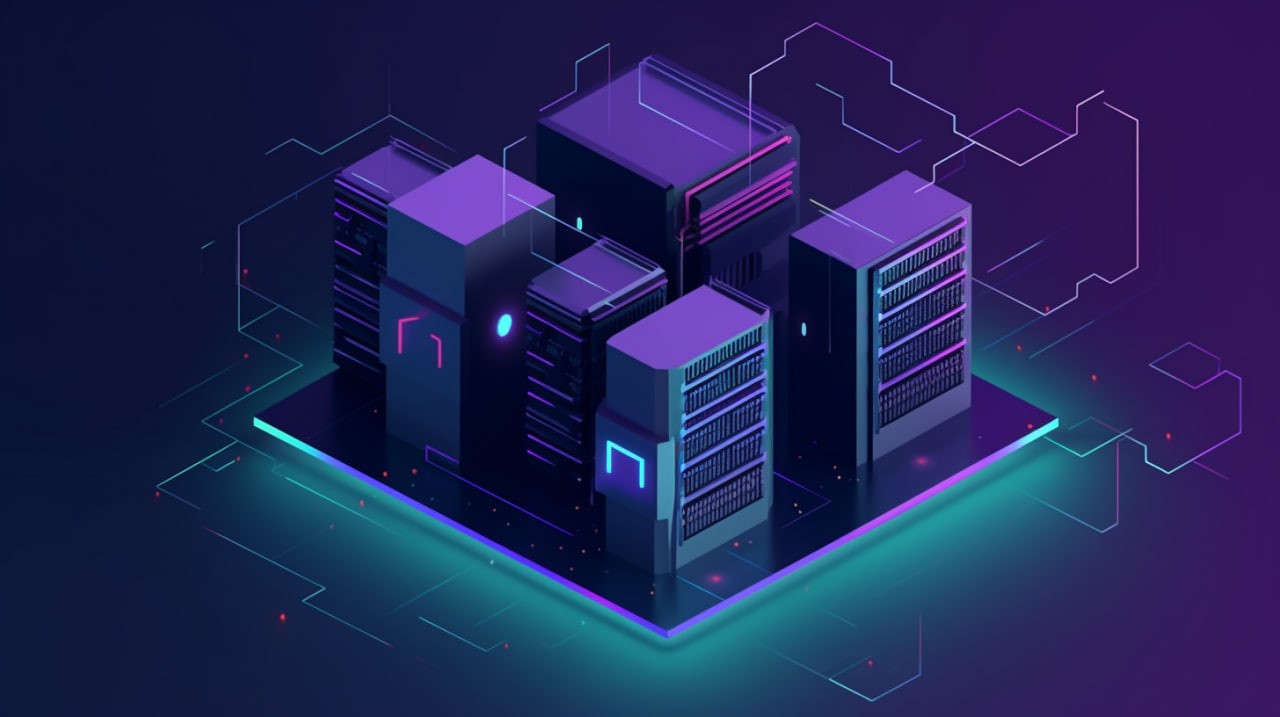Power Meets Precision: HashValue Drives Blockchain Infrastructure Upgrade

In an era where the blockchain ecosystem is maturing from a speculative investment tool into a foundational layer of the digital economy, HashValue is taking a bold step forward. By uniting raw computing power with AI-driven precision, the company is redefining the future of blockchain infrastructure through technological innovation and energy efficiency.
HashValue, a rising force in intelligent mining solutions and Web3 infrastructure, is pioneering an infrastructure strategy where hashrate optimization and infrastructure precision converge. This strategic synthesis not only enhances mining profitability but also addresses long-standing challenges in energy usage, decentralization, and data computation bottlenecks within the blockchain industry.
Rebuilding the Blockchain Backbone with Intelligent Hashrate Allocation
At the core of HashValue’s innovation is its Precision Hashrate Distribution Algorithm (PHDA)—a proprietary AI system that optimizes how computational power is distributed across different networks, tasks, and geographical locations.
Unlike traditional mining models that indiscriminately direct hashpower to single networks or coins, PHDA identifies maximum efficiency nodes in real-time. This ensures that energy and hardware are used where the return on power is greatest, increasing profitability by as much as 28% compared to static allocation methods.
“With the integration of AI and distributed systems, we’re not just mining smarter—we’re mining with strategic intent,” a company representative noted during a recent tech forum. “This is a shift from brute-force hashrate to targeted precision performance.”
Green Efficiency Meets High-Performance Infrastructure
One of the major pain points in blockchain mining has been its carbon footprint. In response, HashValue has integrated renewable energy procurement protocols and low-energy chipset compatibility into its global mining farms and node centers.
Key milestones include:
-
Deployment of solar-powered mining modules in Southeast Asia and South America
-
Use of advanced liquid-cooling technology to reduce equipment energy drain
-
Partnerships with clean energy providers for carbon-neutral power sourcing
-
AI-based forecasting for energy peaks and hardware throttling
These actions have led to a 34% improvement in energy usage per terahash, making HashValue one of the most eco-conscious blockchain infrastructure providers on the market.
Infrastructure Upgrades for a Web3 Future
Blockchain infrastructure is no longer just about mining Bitcoin or Ethereum. With the rise of Web3, DePIN (Decentralized Physical Infrastructure Networks), and metaverse applications, new types of data processing demands are emerging.
HashValue is addressing this by rolling out:
-
Edge computing data centers optimized for decentralized applications
-
Smart cache nodes for content delivery across metaverse platforms
-
High-throughput channels for zk-rollups and L2 scalability needs
By integrating smart contract execution environments, scalable storage layers, and advanced networking interfaces, HashValue is transforming its facilities from pure miners into Web3 utility nodes.
Building a Global Decentralized Grid
A highlight of HashValue’s 2024 roadmap is the Decentralized Node Grid Initiative (DNGI), a program to distribute hashrate and computing power to underutilized regions globally. This initiative:
-
Enables local communities to participate in blockchain infrastructure
-
Reduces network latency by placing nodes closer to transaction origins
-
Builds resilient decentralized networks free from geographic single points of failure
HashValue has already onboarded over 400 local operators across Asia, Eastern Europe, and Africa, transforming idle compute infrastructure into revenue-generating blockchain validators and miners.
Security and Precision Monitoring with AI
With the complexity of multi-network mining and AI-directed compute allocation, security and system precision are non-negotiable.
HashValue’s infrastructure is protected by AI-enhanced anomaly detection systems that constantly monitor hashrate distribution, hardware status, and network performance. Any deviation from standard parameters triggers automated investigation and rerouting protocols, ensuring both uptime and system integrity.
Furthermore, smart prediction models analyze:
-
Hardware failure likelihood
-
Environmental stressors (e.g., heatwaves, power shortages)
-
Coin market volatility that could impact profitability
This dynamic model ensures that HashValue’s systems stay ahead of operational risks.
The Business Case: Profitability Meets Sustainability
From a financial standpoint, HashValue’s infrastructure upgrade plan makes strong business sense:
-
28% increase in profitability due to PHDA
-
22% reduction in maintenance downtime through predictive AI
-
34% energy efficiency gain, leading to lower overheads
-
Expansion to 18 new regions, adding geo-resilience and diversified revenue streams
Investors and institutional partners are paying attention. HashValue has recently secured a new funding round to support further infrastructure development and expand into North American and European markets with high-performance green nodes.
A Vision for the Future
HashValue’s strategy is more than a technical upgrade—it’s a visionary shift that fuses high-performance computing with sustainable blockchain growth.
In a digital economy that increasingly depends on secure, fast, and intelligent infrastructure, HashValue is laying the foundation not only for decentralized finance but for the next generation of internet architecture.
As blockchain matures from hype to backbone, power without precision is obsolete. With HashValue, the future is calibrated, efficient, and decentralized.
For more information, visit www.hashvalue.com.
More Related News

HashValue Report: Decentralized AI Tokens Gain Mining and Investor Focus

HashValue Unveils Crypto Mining Risk Alert System, Flags 3 Volatile Tokens

HashValue Builds a Bridge: Perfectly Integrating Cryptocurrency Purchase and Sustainable Cloud Mining


 English
English
 Deutch
Deutch
 Espanol
Espanol
 Francais
Francais
 Italiano
Italiano
 Dutch
Dutch
 Portugues
Portugues
 Русский
Русский
 Svenska
Svenska
 日本
日本
 한국인
한국인
 Türk
Türk